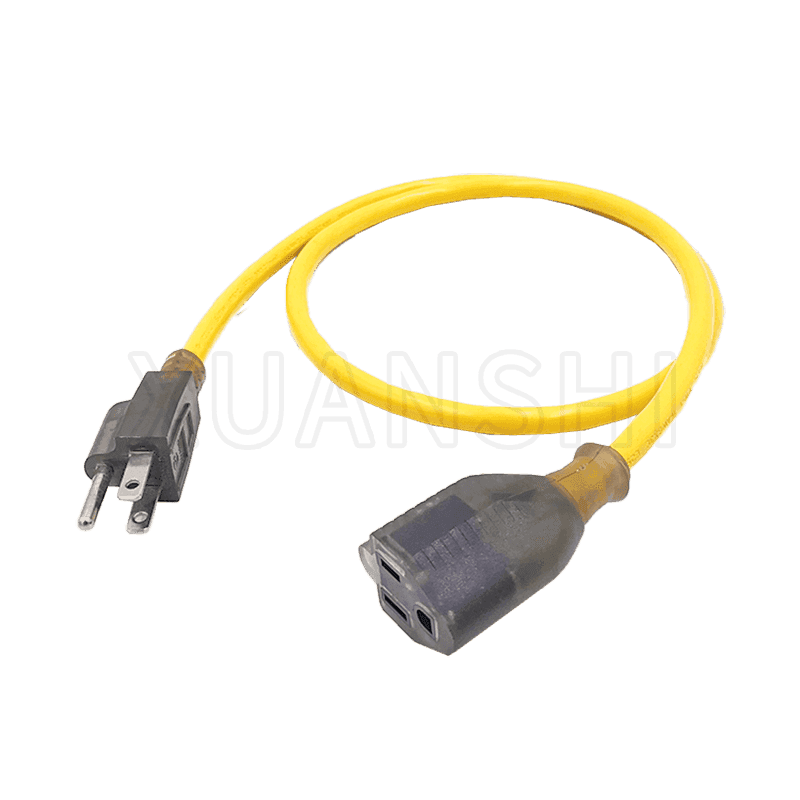Extension cords are designed to provide power for electrical devices that are far from an outlet. They are usually sold in prefabricated lengths from 1 to 150 feet. They are made from metal wires protected by insulation. Depending on the type, they may also have water resistance and temperature ratings of 75 degrees Celsius. The manufacturer must ensure that these cords are approved by an independent testing laboratory.
When you are buying an extension cord, you must make sure it is rated to the watts or amps of the device you intend to use. If you are using an appliance that needs more than the cord can handle, it may overheat. This can cause damage to the cord. It can also result in a short circuit between the wires, presenting a shock hazard to nearby people and animals.
In order to avoid overheating, you should only connect devices to the extension cord when the power draw is less than the maximum allowed by the cord. A standard extension cord has a pronged plug on one end and a socket on the other. To protect the operator, the socket has a small slot for electricity to flow into, and a larger slot for electricity to exit.
The length of an extension cord is the primary factor in determining the amount of power it can provide. Longer cords require a larger diameter wire in order to provide enough voltage to the device. Shorter cords have a smaller diameter wire and are able to deliver more electricity. Using the wrong type of extension cord is hazardous and can result in a fire.
The size of the extension cord is standardized by the American Wire Gauge (AWG) system. Higher AWG numbers mean larger wires. Therefore, thinner extension cords are best for small appliances. But, thicker cords are better for handling heavier loads.
A standard extension cord consists of metal wires covered by an insulated jacket. It also has a pronged-plug for a wall outlet. However, there are special features that can be found in some cords, such as a lighted plug, a connector box, or a ground-fault circuit interrupter.
When selecting an extension cord, you should also consider whether it is made for indoor or outdoor use. If it is for outdoor use, it must be marked to indicate the purpose. Indoor extension cords are generally less durable and more fragile, and they are not intended to be used outdoors. Likewise, outdoor extension cords are generally more rugged and longer than their indoor counterparts.
Another consideration is the gauge of the extension cord. The gauge is a numerical rating of the copper wire diameter. For example, the 10 AWG extension cord is the thickest, while the 14 AWG cord is the thinnest. Each gauge has its own significance. Smaller gauges have a lower capacity, and larger gauges have a higher capacity.
The best extension cords are three-prong, which minimize the risk of electric shock. The male end has two parallel blades, and the female end has a "grounding" or "neutral" prong.

Material PVC
Input Voltage and Current 13A/15A/125V AC
Exterior Color black or customized
Wiring SJT/SJTW/SJTOW 16/14/12AWG/3C
Product Certification UL
